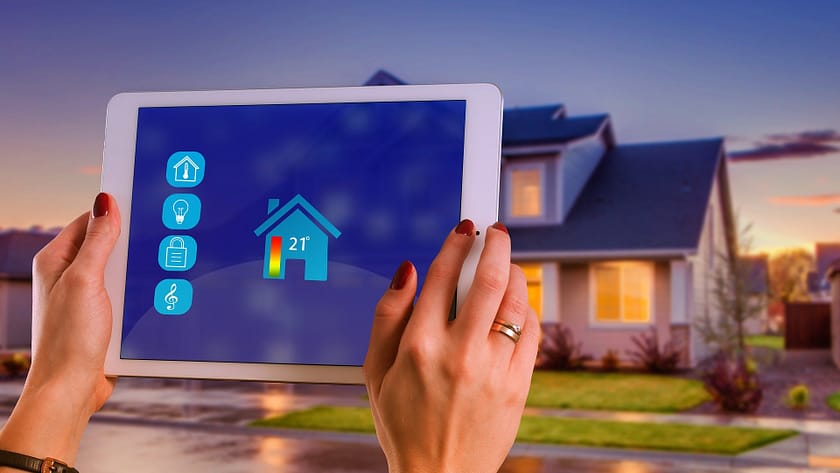What do people mean by a Smart home? If you were to go to Best Buy tomorrow, you may see many smart appliances from washing machines, fridges to stoves. Some of these appliances even come with a cashback home depot. But what exactly do people mean when they say that a fridge is smart? This article will give you an overview of what people mean when they talk about smart homes and some of the concerns around this sort of technological proliferation.
What is Smart Home Technology?
Smart home technology is the general term for basic home equipment that has been equipped with communication technology to allow for some level of automation or remote control. The home technology can bring all your smart devices together, give you a single node to find them all, and often have a few portable programs or applications so you can have them on-site or when you’re away. However, this modular development, made possible by programs that allow homeowners to take away smart devices because they are retiring or have already done so, paves the way for unlimited combinations of Smart technologies. It also shows that people can invest as much or as little as they want to improve the IQ of their home.
Benefits of a Smart Home
Connecting all of your devices to your smartphone is a transparent process and usually means that you can run your washing machine while you’re at work, or save money on your energy bill by adjusting your heating method so that it’s only on when you’re home. In some countries, people get rebates for using electricity during off-peak hours, so they can run the dishwasher at 3 a.m. instead of 7 p.m. when everyone else is doing it. Another benefit is that people have a better understanding of where their resources are going, with more information about what they are using. Most Smart home systems have logging technologies that make it easy for people to monitor how their sources, and therefore their money, are being used.
Security Concerns
One of the biggest obstacles to the Internet of Things (IoT) in general and Smart home technology in particular is security. First of all, when you add a device to the network and then connect that network to the Internet, you start another connection that you want to protect. Think of it as protecting a castle. If the drawbridge is up, it’s nice and simple. If the drawbridge is down, it’s a little more difficult but still manageable. It is exactly what will not add many devices to your community. However, this is not an abstract issue. HP did a study in 2014 on the ten most popular OI products and found that each device had an average of 25 faults per device. This includes, among others, home thermostats, webcams, TVs, remote power outlets, sprinkler controllers, door locks and home alarms, and garage door openers.




